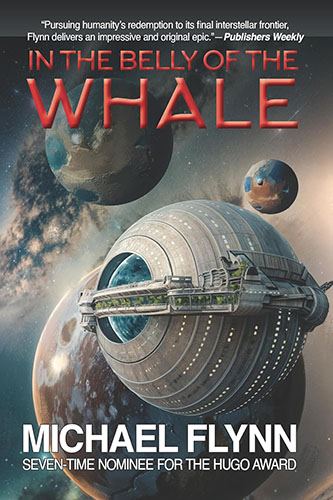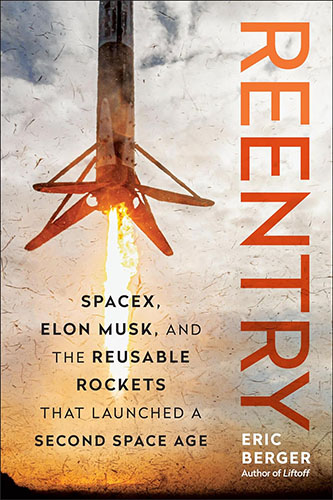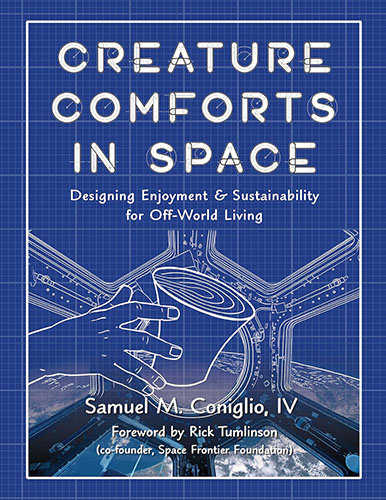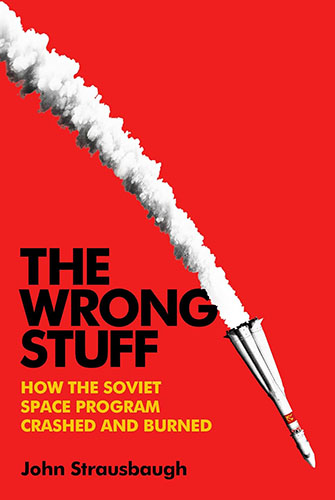NSS Board of Directors member John K. Strickland reports:
A major clue to the “Big Rocket” from SpaceX (bigger than the Falcon Heavy) was recently revealed when an agreement with the Stennis Space Center to test the Raptor engine showed that its vacuum thrust is almost 600,000 lbs. We had been expecting a much smaller engine for upper stage use. This means the methane oxygen engine could be used on both the first and second stages of the Big Rocket.
We could assume that the same configuration as the Falcon 9 is used, with the upper stage having a single engine with a nozzle extension to allow greater thrust in space, and with the engine-out capability of the 9 engine Falcon 9, duplicating its basic eight-and-one first stage configuration with the new engines. This would mean that the Big Rocket’s total thrust would be about 5.4 million lbs of thrust (about 2500 tons at sea level), more than 2/3 that of the Saturn V, and with more efficient engines to boot.
Methane engines have a higher specific impulse than the RP1 and oxygen used in the Merlins. The new engine will also use combined cycle or closed loop combustion, a significant improvement over the existing Merlin engine design. This means the engines can produce more thrust with the same amount of fuel, part of Musk’s deliberate process of “continuous improvement.”
One observer wondered if the rocket could use 11 such engines, 10 in a circle and one in the middle. This would depend on the width and spacing requirements of both the engines and the first stage circumference. With this configuration, the total thrust would be 6.6 million lbs.
This means that the Big Rocket is not just a publicity gambit, as some critics have alleged. The 27 foot diameter given for the Big Rocket now makes sense. Such a rocket could launch cargo or vehicles up to 40 feet in diameter in a reverse fairing.
An article in the Oct 28 edition of Space News says that parts for the Raptor methane-oxygen engine will be tested at Stennis early in 2014. This indicates that Raptor development is well under way. It is unclear how long it will take to build a new test stand for a 600,000 lb thrust engine, six times what current stands there can test.
The engine is described as “highly reusable.” One would then think that the HLV Big Rocket it is designed to work with would also be “highly reusable.” The SpaceX spokesperson said that it was the first in what would be a family of engines. Based on the known development times for the Falcon family, the Big Rocket should be ready to fly (and land for another flight) well before 2020.
It is unclear if such engines will be tested at any other locations, and also what the schedule might be for the actual rockets that would use them. A short, fat booster is structurally much easier to get down into the troposphere intact than a long skinny booster like the Falcon 9.
References:
http://www.nasaspaceflight.com/2013/10/spacex-press-abort-test-raptor-engine/



















